The Khaptad National Park and the adjescend Ramaroshan area cover the unique ecosystem of Nepal’s far Western region. Want to discover Nepal’s hidden secrets, far away from the tourist hubs? Khaptad National Park is a great area for off the beaten path trekking! Especially the large variety of vegetation gives you a well-rounded impression of Nepal’s diverse landscape: Ranging from sub-tropical forest in the lower altitudes to temperate forests on the Khaptad plateau, you will encounter many different plant species. In addition, Khaptad National Park is home to 224 species of medicinal herbs and is described as the living garden of herbs. Further, it is estimated that about 567 species, 11 percent of flowering plants of Nepal, are found in Khaptad.
However, Khaptad National Park’s fauna is equally interesting and diversified: Common animals living in this area are, among many others, the barking deer, wild dog, wild boar, ghoral, Himalayan black bear, yellow-throated marten, rhesus monkey and langur monkey. Especially popular among visitors is birdwatching, as the park is home to around 270 species.
Ramaroshan
The area of Ramaroshan consists of 12 lakes and 18 breathtakingly lustrous green pastures, locally known as Patans. Further to the north there is an unbroken series of sedimentary rock faces where the local people harvest honey from sheer 100 m high cliffs. Furthermore, Ramaroshan provides a spectacular view of the Budhi Ganga basin along with the majestic peaks of Mt. Api, Saipal, Malika. In addition, the remains of old historical buildings in Ramaroshan will make you feel like traveling back in time, to a different age of Nepal’s history. They are also very interesting from archeological point of view.
Itinerary Outline:
01: Flight to Dhangadhi
02: Drive to Silgadhi
03: Silgadhi to Jingrana: 5-6 hours walk
04: Jingrana to Khaptad National Park: 6-7 hours walk
05: Khaptad National Park: A hike to the Khaptad Daha
05: Khaptad National Park: Visit to the Khaptad Baba Ashram
07: Khaptad to Chainpur: 6-7 hours walk
08: Drive Chainpur to Dhangadhi (12—13h drive)
09: Flight back to Kathmandu
Flight to Dhangadhi
Drive to Silgadhi
Silgadhi to Jingrana
Walking time: 5-6 hours
Jingrana to Khaptad National Park
Walking time: 6-7 hours
Explore Khaptad National Park
Explore Khaptad National Park
Khaptad to Chainpur
Walking time: 6-7 hours
Chainpur to Dhangadhi
Flight back to Kathmandu
What to experience in this trekking?
For those with a sense of adventure, there is still much to uncover here – exploration that is as much cultural as it is natural. The Khaptad National Park is blessed with great scenic beauty, very diverse ecology, flora & fauna. As the part is between 1,400 meters and 3,300 meters above sea level, the peripheral areas of this park consists of steep slopes covered with a variety of vegetation types, ranging from sub-tropical forests at the lower altitudes to temperate forests around the plateau. Khaptad National Park is very rich in terms of its diversity having many animal species and vegetation types. The number of flowering plants so far recorded in the Mid Mountains is estimated to be 567, of which 346 flowering plant species have been recorded in the National Park alone. Similarly, the National Park is also a home to 23 species of mammals, 287 species of birds (local & migrating) and 23 species of amphibians.
Package Details:
| DEPARTURE/RETURN LOCATION | Kathmandu | |||||||||
| JOIN GROUP | 1 before departure from Kathmandu. | |||||||||
| SERVICE INCLUDES |
|
|||||||||
| SERVICE DOES NOT INCLUDE |
|
Ashram of Khaptad Baba:
The Ashram (hermitage) of Khaptad Baba as the name proclaims is the area where the famous Khaptad Baba (Late Swami Sachchidananda) resided. The Ashram located at Tribeni is an important destination for pilgrims and tourists to Khaptad. The meditation area includes temples of lower Tribeni. There are no entrance restrictions for visitors. In the core zone, however, grazing animals, cutting firewood and activities like drinking alcohol, smoking, slaughtering animals are prohibited.
Besides the spiritual seeker, this area is also equally interesting for those with a sense of adventure, there is still much to explore in Khaptad, a region that is as much cultural as it is natural. The Khaptad Nationalpark in Farwest Nepal is blessed with great scenic beauty, very diverse ecology and rich flora and fauna. As the region is located between 1,400 meters and 3,300 metres above sea level, the peripheral areas of this park consists of steep slopes covered with a variety of vegetation types, ranging from sub-tropical forests at the lower altitudes to temperate forests around the plateau. Explore untouched Nepal!
Far West Nepal:
Far West Nepal is undoubtedly the newest tourist destination in Nepal. Far West Nepal is still untouched and unexplored, but holds some of the most potential attractions, ranging from the largest herd of Swamp Deer in Asia at Suklaphanta National Park to the majestic beauty of the alpine meadows, forest and lakes at Khaptad, to picturesque off the beaten trails of mountain range such as Mt. Api and Mt. Saipal. This most westerly region of Nepal covers an area of 19,539 sq km. The region includes the flatland (The Terai), middle hills, and high mountains, with highest elevation at 7,132 meters.Combining different climatic zones Far West offers different experiences and tourist products ranging from wildlife in the plains of Terai to the misty hill stations in middle hills and spectacular views if the Himalayan mountain range. Far-west Nepal is home to very colorful and vivid cultures. The Raute tribe in the Far West still lives by hunting and gathering, moving from place to place. Visitors can see and experience the unique Tharu culture in the Terai, Hindu culture in the mid-mountains and Tibetan culture in the northern part of the Far Western Region.

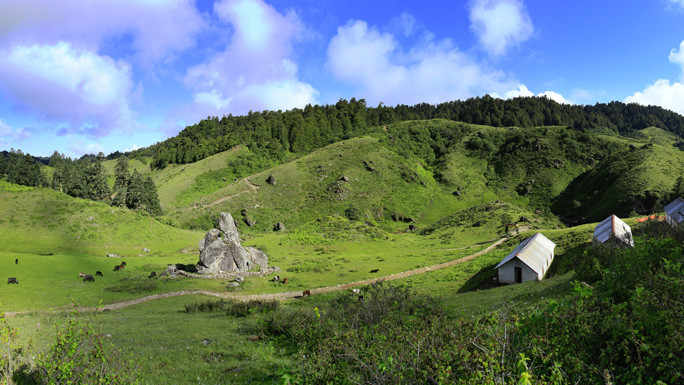
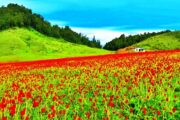
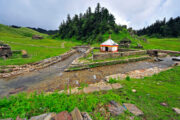

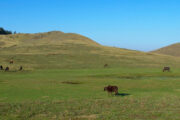
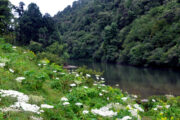
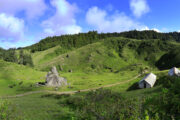
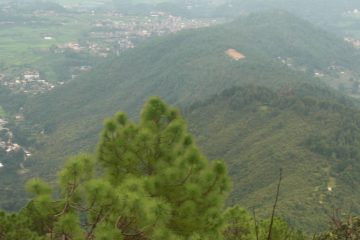
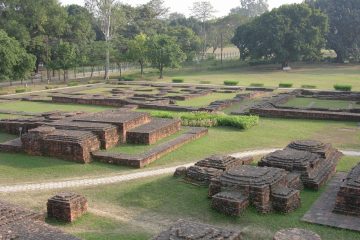
Tour Reviews
There are no reviews yet.
Leave a Review